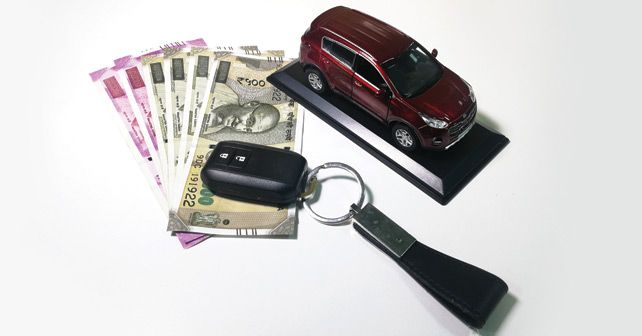
Paying exorbitant amounts of money to get something done that should ideally cost only a nominal fee is a nightmare for the average person. But, more often than not, motorists in India have to do exactly that, because they feel the need to go to a tout to get registration certificates or transfer vehicle ownership – or, for that matter, acquire any other legal documents concerning their vehicles. And, in such cases, not only do they pay more than what’s required but also, quite often, end up getting fake or incomplete documents. And all this because they lack information concerning the correct procedure. The norms and rules set out in the Motor Vehicles Act are pretty straightforward and easy to follow. And if these norms are followed properly, procuring legal documents shouldn’t be a hassle.
First things first, to register your vehicle, you must submit Form 20, duly filled and signed, to your regional transport office within seven days from the date of the delivery of the vehicle, along with the sale certificate, a valid insurance certificate, proof of address, the vehicle’s temporary registration certificate, a road worthiness certificate and a one-time road tax clearance certificate. The regional transport office will issue the registration certificate upon verifying these documents.
If you happen to lose the original registration certificate, you can easily obtain a duplicate. All you have to do is to lodge a report at your local police station, and submit Form 26, along with a copy of the report, at the concerned regional transport office.
Now, transferring the ownership of a vehicle requires a bit more work than that. The original owner must inform the registering authority about the transfer by submitting Form 29 within fourteen days, if the vehicle is being registered in the same state, and within 45 days if it’s being registered outside the state.
The new owner should submit Form 30, along with the certificate of registration, certificate of insurance and a valid pollution check certificate. And if the vehicle is being registered outside the state, i.e. if the new owner resides in a different state, a ‘No Objection Certificate’ from the concerned transport office is also required, which can be obtained by submitting Form 28 at the concerned registering authority.
The original owner must ensure that the delivery note duly signed by the new owner, and other related documents, are submitted without fail to the concerned regional transport office, failing which they might run into risk if the vehicle is involved in accident or other criminal offences.
If the current owner of a vehicle dies, the succeeding owner can use the vehicle for a period of three months straightaway, provided that the concerned transport authority has been informed in writing within 30 days. To transfer the ownership, the succeeding owner must submit Form 31 within three months of the death of the previous owner, along with the certificate of registration, the insurance certificate, the death certificate of the deceased owner and a no objection certificate from the concerned transport authority, in case the vehicle is being registered outside the state.
Changing the address on the registration certificate is another thing that motorists sometimes struggle with. Well, the procedure actually is quite simple. You need to submit Form 33, along with the registration certificate, and proof of the new address to the concerned transport office. Once the documents are verified, the transport office will return your updated registration certificate.
If you intend to finance or lease a car, all you need is to submit Form 34, signed both by the purchaser and the finance company, along with the certificate of registration.
To cancel or terminate the hypothecation or hire purchase endorsement, the registered owner and the finance company must submit Form 35 at the concerned transport office. Upon completion of necessary formalities, the registering authority will issue a fresh certificate of registration.
Following these rules not only puts you on the right side of the law but also helps you obtain the necessary documents without spending unnecessarily and avoiding potential forgeries.
T.K. Malhotra is the President of the Automobile Association of Upper India (AAUI).























Write your Comment